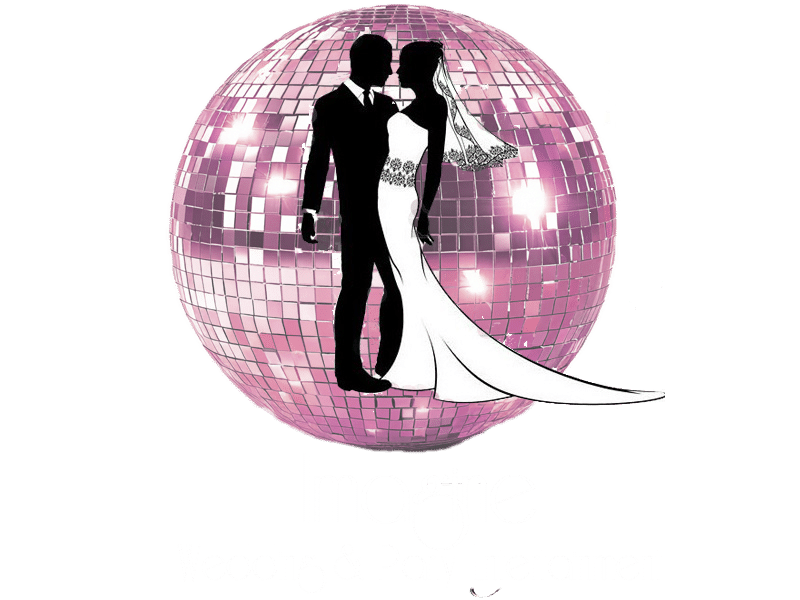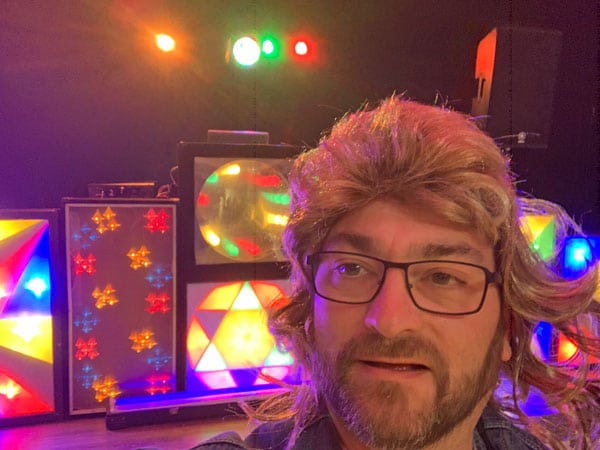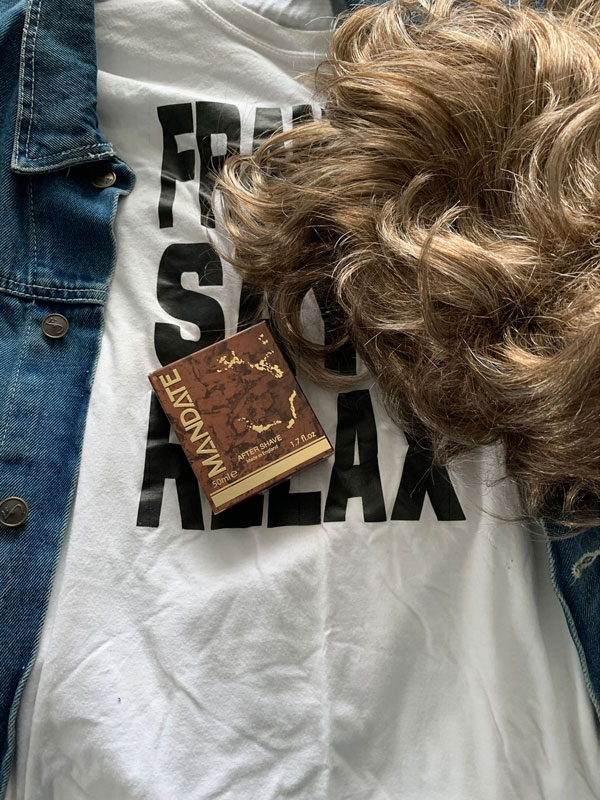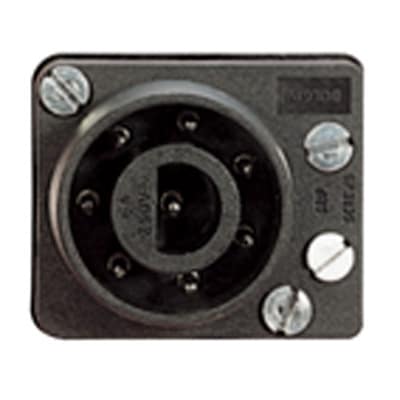It’s official – I’m going to be famous 🙂
Well….famous as far as being featured in a mobile DJ magazine at least – and that’s good enough for me.
It would appear that my indulgence into the days of Retro lighting for certain parties is becoming popular, and I’m one of three featured “roadshows” in the next edition of Pro Mobile magazine.
And all of our stories are very similar!
We’re all seeing a big increase in interest for this type of light-show, we’re all experiencing the same problems in finding unwanted kit to restore for our own shows (it’s certainly becoming a LOT more expensive to find good examples of retro kit), and we all love what we do with a passion!
My Story
I go back to 1988 as far as the mobile disco industry is concerned….a time I look back on with rose tinted spectacles at times.
- Mobile phones were still the size of a house
- The CD had only recently been invented (and according to BBC Tomorrow’s World could be played through strawberry jam!)
- A home computer was either a Sinclair ZX Spectrum or a Commodore 64
- There were just 4 channels on the TV (which in those days still wasn’t a 24 hour service AND you had to get off of the sofa to press a button to change the channel!).
Life was simpler back then….and so was the equipment we used to use.
These days, the average mobile disco uses one hell of a lot of computing power (an amount which was unthinkable in those days).
The music is stored as MP3 or WAV files, the lighting is computer controlled (all modern lights have at least one “chip” in them and that’s before we start controlling them from external equipment), the PA systems are computer controlled to prevent distortion and to produce the loudest yet clearest available sound….it’s something that all those years ago didn’t seem possible!
Back then, the lighting was made of real light bulbs (we as DJs actually call them lamps….bulbs are something which grow in the ground!).
It was HOT with all of those lamps running (my current retro setup contains 78 of them). They were “controlled” (for that’s a very loose term compared to what we can do with lighting these days) by transistors and triacs. Instead of the low voltage 12v LEDS we use nowadays, these ran at 240v.
What was more shocking (in more ways than one) was the way in which the lighting was wired.
Internally, you could expect to find a rat’s nest of different coloured wires going to each lamp in the circuit (they often got hot and deteriorated).
Externally to connect them all together (for the lights are all “daisy-chained” from a single power source), we used something called an 8-pin Bulgin plug (commonly known as a widow maker due to the fact that…..well…..it could kill you!).
Heatlh and safety wasn’t a big consideration in those days and PAT testing hadn’t been invented!
Sadly, I “retired” from the mobile DJ world in 1995 and sold most of my kit off, with the exception for some reason of two of the light-screens known as “harlequins” and are seen as the second from the end on the picture above.
And then one day in 2010….I got the bug to start it all up again
It was a shock to the system. I’d completely missed out on the CD era of DJing (I’d collected plenty of CDs in my own personal collection). Vinyl had become obsolete with a lot of music never pressed…everything was now done with a computer or two and a “controller”.
But – I was back in a “job” I enjoyed, spent a LOT of money on modern equipment and started building things up from scratch. It was a hell of a lot of fun. Something seemed a little “sterile” about the modern kit though. Looking around the interweb (another new invention since the original days when the only advertising consisted of an entry in the now defunct Yellow Pages!), I soon found that most DJs looked so similar to each other…it was like looking at clones.
The demand for 80s nights was most certainly there, with customers celebrating the likes of 40th and 50th birthdays holding themed parties. And then the idea hit me…..why not provide those parties with the equipment of the day?
And so the collecting began. Miles travelled in the van to collect vintage lighting purchased from online auctions, hours with a soldering iron, plus a lot of blood, sweat and tears (and more than a few electric shocks and blown fuses!) to correct the wiring and make sure everything was safe, and the 80’s Roadshow is now pretty much complete.
OK – I cheat a little bit these days
The light-screens now use energy efficient LED globe bulbs (honestly….you wouldn’t notice the difference looking at them but from my side it runs a LOT cooler and is much safer and indeed, less likely to catch fire with minimal heat output in chip-board boxes). The playout of the music is done digitally via laptops (it’s a LOT more powerful and certainly louder….it also gives me the opportunity to play music which wasn’t pressed to vinyl!). In short, although some of the internal gubbins are modern, I’ve made the light-show as reliable and safe as I possibly can.
It’s a look back to the past with a modern twist – and it works!
The Retro Roadshow is available for any type of party….not just 80s nights. In 2019, it went out on the road a massive 15 times (I tend to limit the number of times it goes out due to it’s sheer weight….my back really doesn’t thank me). Three of those bookings have been weddings (and to a modern DJ….not having control of the lighting for the first dance sends shivers down the spine but if that’s what the customer wants…..)
It’s something different from the usual modern disco setup, it’s something which leaves guests talking and it’s something which invokes memories of younger years…..in short, the Retro Roadshow is something very special to me as a DJ and despite it’s limitations….I love it to bits!




